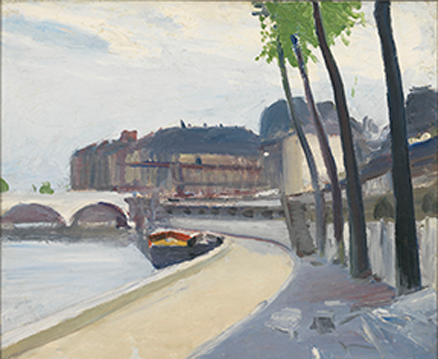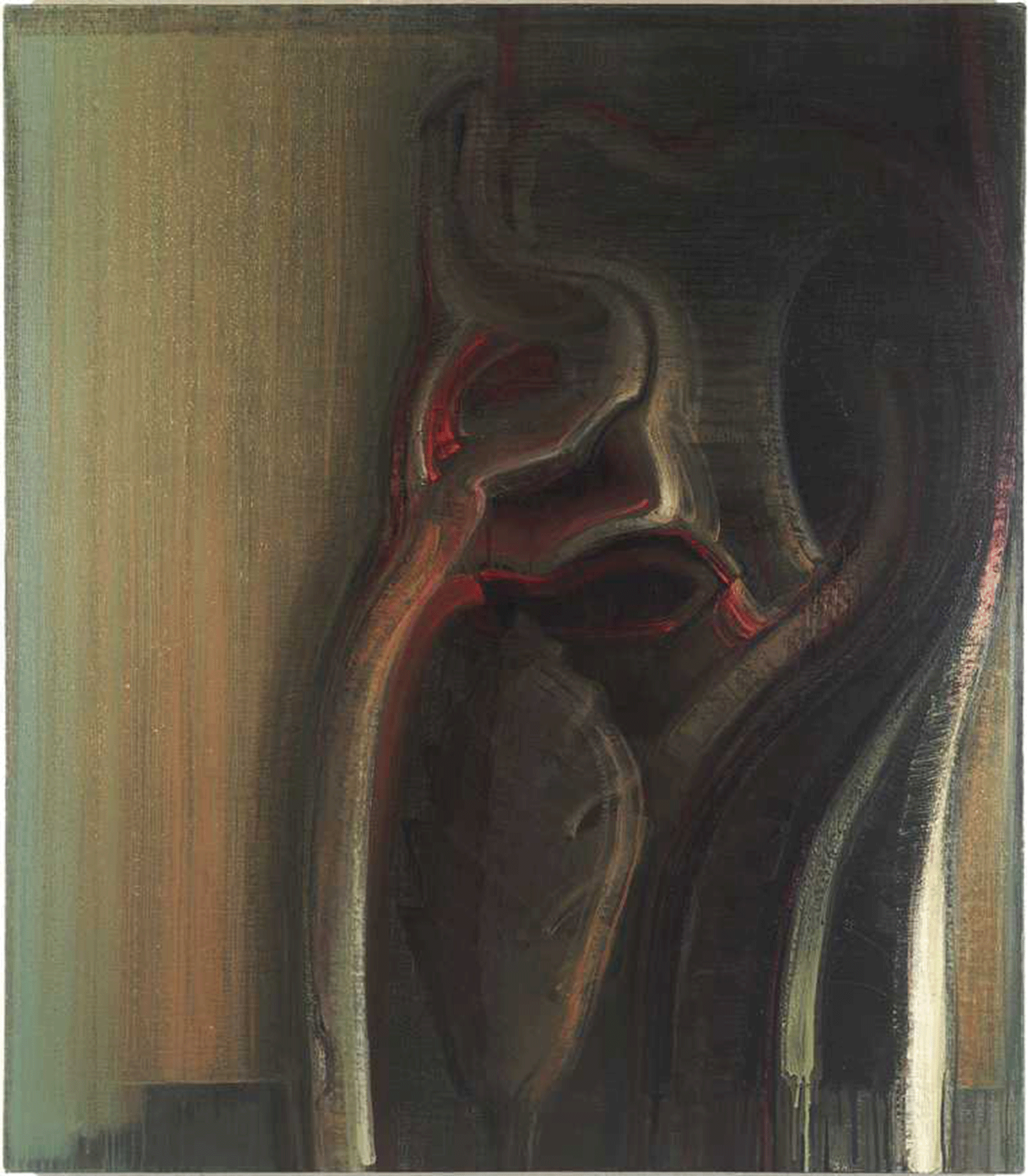Edward Hopper: Selections from the Whitney Museum of American Art, New York
February 3, 2018 – May 20, 2018
This exhibition of thirteen seminal works, all drawn from the collection of the Whitney Museum of American Art in New York, traced the early trajectory of Edward Hopper’s career in works from 1906 to 1933.
Edward Hopper (1882-1967) was a prominent American realist painter and printmaker. Best known for capturing what he saw as the solitude and isolation of modern American life, Hopper’s works include austere interiors, moody cityscapes, and starkly beautiful rural landscapes. His art injects the psychological lives of his figures into what otherwise may appear to be straightforward depictions of everyday life. Solitary figures contemplate their existence in these various locales, all highlighted with Hopper’s extraordinarily sensitive use of light.











